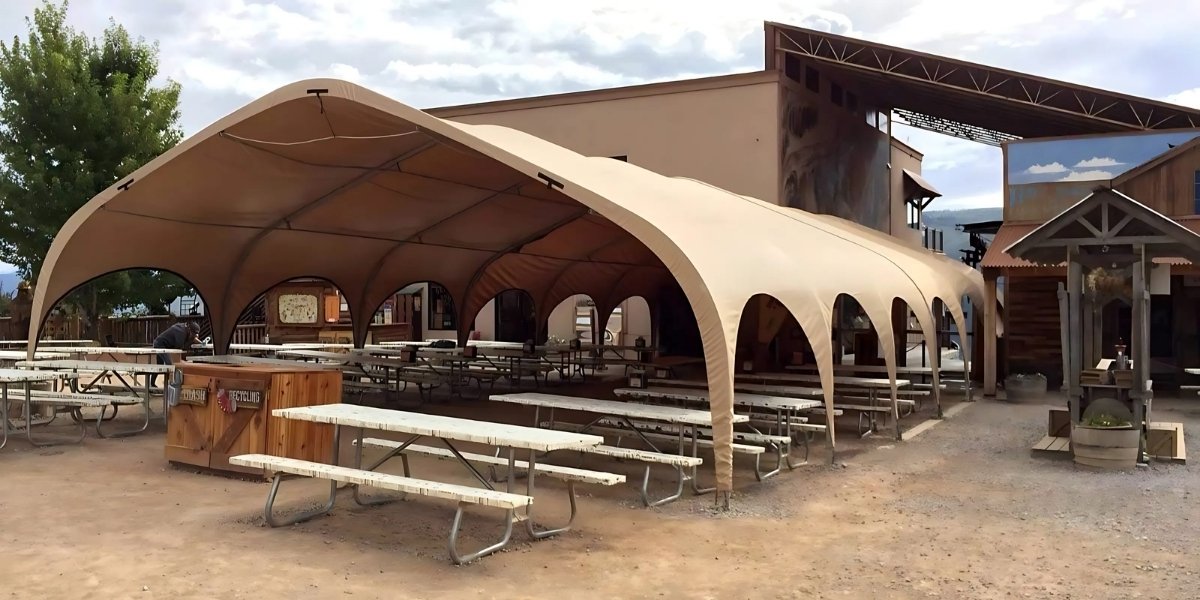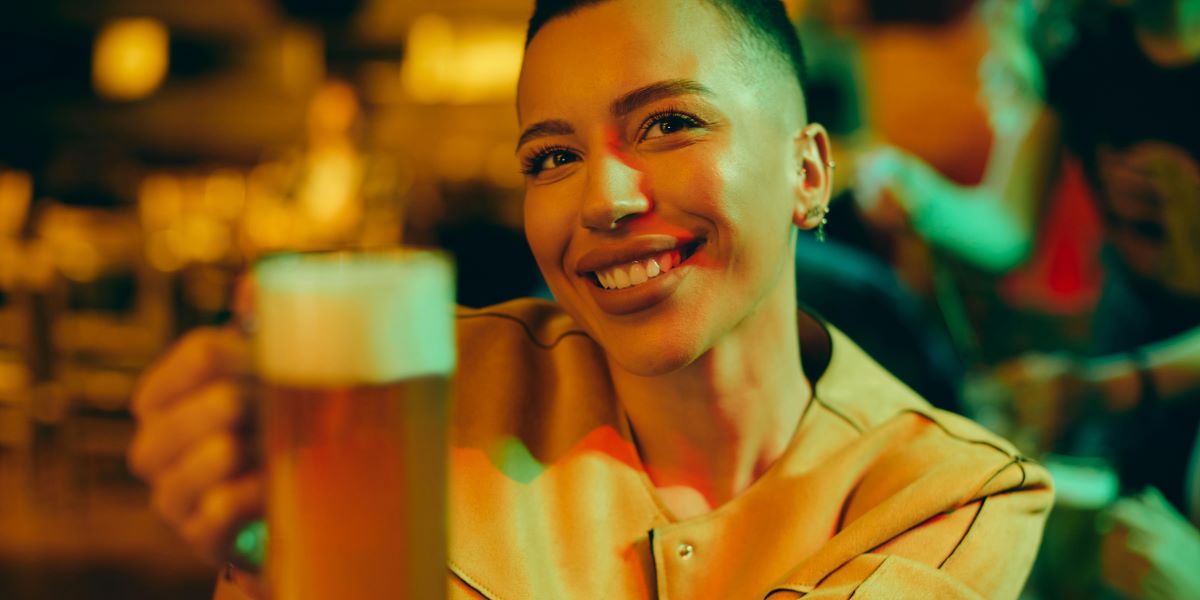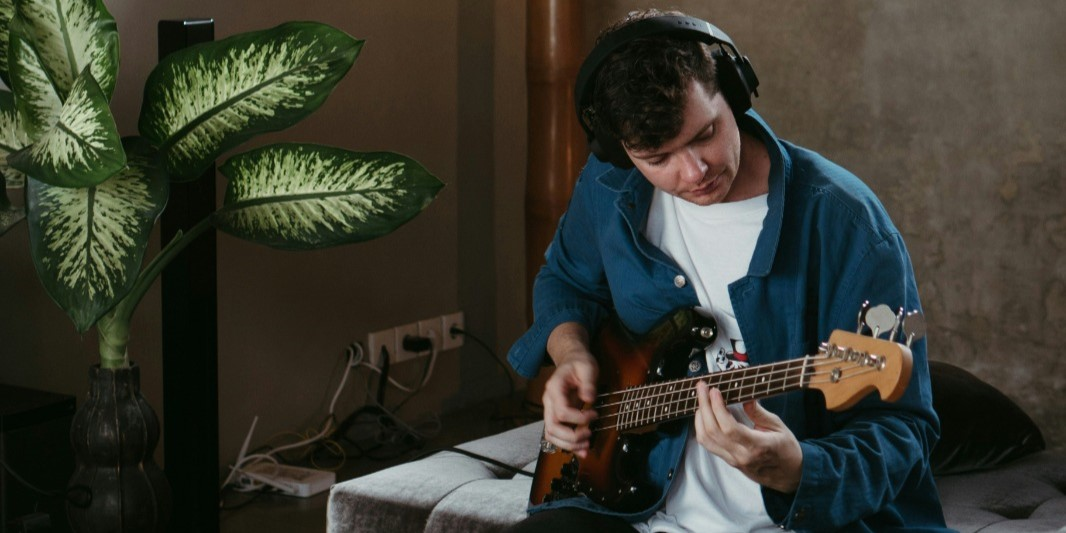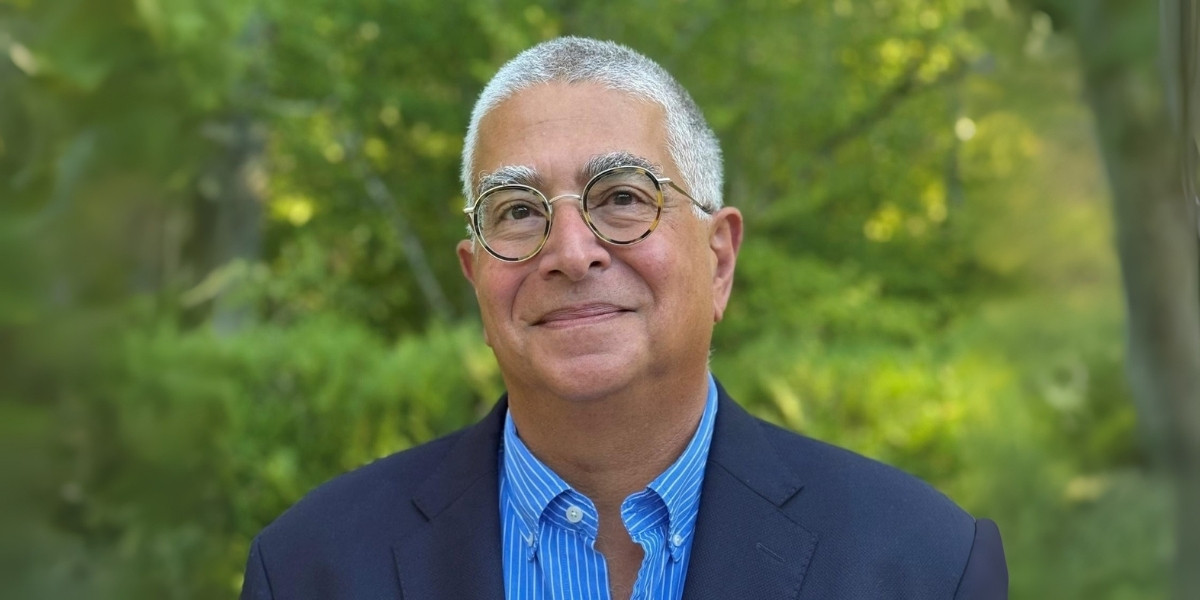Over the past few years, there has been a noticeable surge in the number of people engaging in artistic activities, both professionally and recreationally. This sudden interest in the arts is not confined to traditional forms like painting and sculpture but extends to digital arts, performance, and even arts as a therapeutic tool. Whether through social media trends, the increasing availability of online education, or the growing recognition of the mental health benefits of creative expression, the arts have become more relevant than ever.
This article explores the factors contributing to this resurgence, its impacts on society, and the future of art engagement in our rapidly changing world.
Read also: Maximize Your Days Off: Essential Tips for a Balanced and Fulfilling Life
The Rising Interest in Arts
In recent years, there has been a clear shift in how society views the arts. More people are picking up creative hobbies, and many are even choosing arts as a career path. Art exhibitions and galleries are becoming more accessible through virtual tours, and social media platforms provide a wider reach for artists to showcase their work. People from all walks of life are finding solace, inspiration, and even financial success through the arts. Whether it’s visual art, music, dance, or theatre, the once niche realm of the arts has broadened its appeal and found a place in the everyday lives of many individuals.
This increased engagement with the arts reflects both a cultural shift and a response to global challenges, such as economic instability, the COVID-19 pandemic, and the rising demand for mental wellness. But what exactly is driving this renewed focus on the arts, and how has society’s relationship with artistic expression evolved?
Factors Contributing to the Sudden Interest in Arts
Cultural Shifts and Changing Perspectives
The growing appreciation for arts can be attributed to a significant cultural shift. In today’s world, creativity is increasingly seen as a valuable skill, not just an intrinsic talent. There’s been a gradual move away from viewing the arts solely as a luxury for the wealthy, to understanding that art is vital for community expression, emotional well-being, and personal growth. This shift has paved the way for arts to be a part of mainstream culture, celebrated by all social classes.
Furthermore, the blurring of boundaries between different art forms—such as the merging of digital art with traditional methods—has fostered a sense of inclusivity. Contemporary art is no longer confined to galleries; it can be found on every platform, from Instagram to virtual reality experiences, breaking down barriers and reaching new audiences.
Mental Health Benefits and the Therapeutic Value of Art
One of the most compelling reasons for the surge in interest in arts is its recognized mental health benefits. Art therapy has long been a proven method for emotional healing, offering individuals a space for expression and self-discovery. Engaging in art, whether it’s drawing, painting, or even crafting, has been shown to reduce stress, improve focus, and boost overall mental wellness.
In the wake of the pandemic, many people turned to art as a form of coping. As physical and emotional isolation increased, creative outlets provided a healthy escape and a way to process emotions. Art offers a non-verbal mode of communication, allowing individuals to express feelings that might be difficult to articulate with words. This aspect of the arts has contributed significantly to their rise in popularity as a means of personal therapy.
Digital Platforms and Online Communities
The rise of digital platforms has played a significant role in bringing art to the masses. Social media platforms, such as Instagram, TikTok, and Pinterest, are flooded with art content that spans from traditional paintings to digital design and photography. These platforms allow artists to engage with a global audience, turning their personal creative outlets into potential income streams.
Moreover, online communities and art-sharing platforms, like DeviantArt, Behance, and ArtStation, have created digital spaces where people can connect with like-minded creatives and showcase their work. These virtual communities provide valuable exposure, opportunities for collaboration, and the ability to crowdsource inspiration, making it easier than ever to get involved in the arts.
Impact of Social Media on the Arts
Online Art Communities
Social media has democratized art, allowing artists from all over the world to display their work and gain recognition. Platforms like Instagram have become virtual art galleries where artists can share their creative processes, build their portfolios, and connect with potential buyers or clients. The ability to directly engage with followers, other artists, and art enthusiasts has empowered a new generation of creators to monetize their work.
Moreover, the visibility that social media provides has encouraged collaboration among artists across different genres and geographical locations. Artists can now easily share ideas, collaborate on projects, and receive feedback from an international audience. This interconnectedness is not only advancing the reach of the arts but also accelerating the development of new art movements and trends.
Social Media Influencers and Art Trends
Another key element of social media’s influence on the arts is the rise of influencers and content creators who highlight and promote various art forms. These influencers help spark trends in both traditional and digital art, encouraging their followers to explore different artistic mediums. For instance, viral art challenges and hashtags have inspired many to create and share their works online, further embedding the arts into popular culture.
Through platforms like TikTok, artists can receive immediate recognition and create viral content, drawing attention to their unique styles. This fast-paced, trend-driven environment has made art more accessible and mainstream, especially among younger audiences.
Role of Technology in Promoting Arts
Virtual Art Galleries and Online Exhibitions
Technology has transformed how people experience art, making it accessible to anyone with an internet connection. Virtual galleries and online exhibitions have expanded the reach of art by allowing individuals to explore and experience pieces without physically visiting a gallery or museum. For example, museums and art institutions have adopted virtual tours, enabling people from across the globe to experience exhibitions that would otherwise be inaccessible.
Digital Art Tools and Software
Technological advancements have also revolutionized the creative process. With the availability of powerful digital tools like Adobe Creative Suite, Procreate, and Blender, artists can create intricate digital art, animations, and 3D models that were once limited to specialized studios. These tools have lowered the barrier to entry for aspiring artists, giving them the resources to create and share their work without needing expensive materials or equipment.
Arts as Therapy and Mental Health
As mentioned earlier, the connection between art and mental health has fueled the increasing interest in the arts. Art therapy, which incorporates various artistic activities as a therapeutic tool, has proven to be effective in helping individuals cope with trauma, anxiety, depression, and other mental health challenges. The calming and reflective qualities of art-making help individuals process emotions and regain emotional stability.
Furthermore, creative expression is increasingly being seen as an essential component of mindfulness practices. Mindfulness through art allows people to focus on the present moment and express their innermost thoughts without judgment, helping individuals build emotional resilience and self-awareness.
Arts Education and Access
School Programs and Online Courses
With the rising interest in the arts, there has been an increased demand for arts education and resources. Schools and educational institutions have expanded arts programs to nurture young talent and provide students with the skills necessary to pursue careers in the arts. Beyond traditional institutions, online courses have made learning accessible to anyone interested in developing their artistic skills. Websites like Skillshare, Udemy, and MasterClass offer affordable courses that cater to both beginners and professionals.
Scholarships and Grants for Aspiring Artists
To support the growing number of people pursuing the arts, many organizations offer scholarships, grants, and financial support. These resources help young artists gain the education and experience needed to thrive in their careers. Additionally, organizations are focusing on making the arts more accessible to underrepresented communities by providing opportunities for those who may not have the financial means to pursue a career in the arts.
The Economic Impact of Increased Interest in Arts
The growing interest in the arts has also had a significant impact on the economy. The art market has seen substantial growth, with more people purchasing original artworks, attending virtual galleries, and investing in art as an asset. Art-based industries, including design, fashion, film, and digital media, have experienced an uptick in demand, leading to new job opportunities for creative professionals.
Read also: How Restaurants Are Shaping Healthier Eating Habits
The Future of Arts and Emerging Trends
The future of the arts looks promising, as the intersection of technology, social media, and mental wellness continues to shape artistic engagement. Virtual reality (VR), augmented reality (AR), and artificial intelligence (AI) are expected to play increasingly important roles in the development and distribution of art. As the world becomes more interconnected, we can expect a continued rise in global collaborations and the emergence of new, hybrid art forms that blend traditional techniques with digital innovations.
In conclusion, the sudden interest in taking arts is not a fleeting trend but a reflection of cultural shifts, technological advancements, and the growing recognition of the importance of creative expression for mental health and well-being. As technology continues to evolve and art becomes even more integrated into daily life, we can expect the appreciation and involvement in the arts to expand further, transforming both individual lives and society as a whole.








